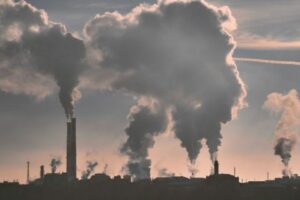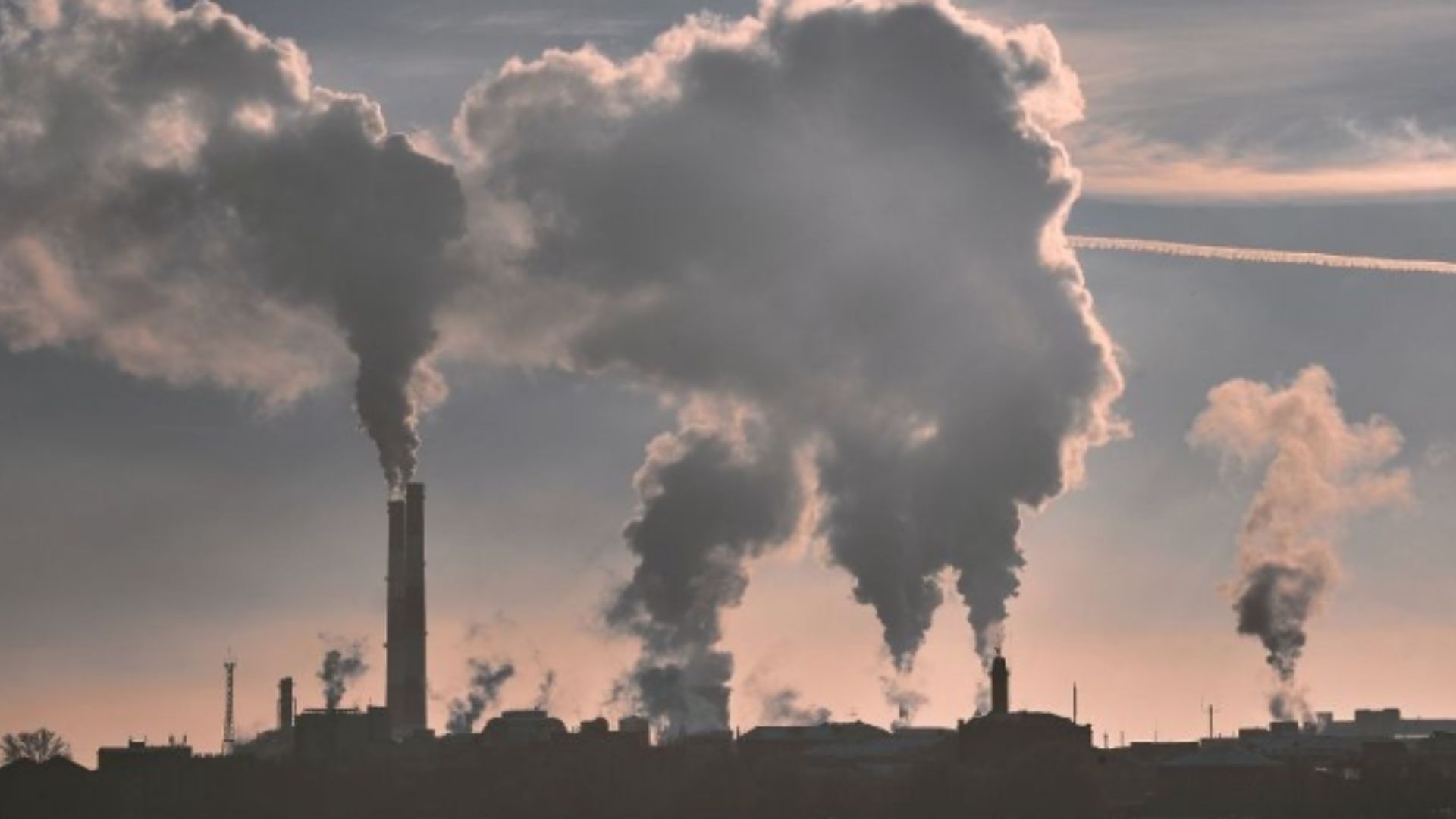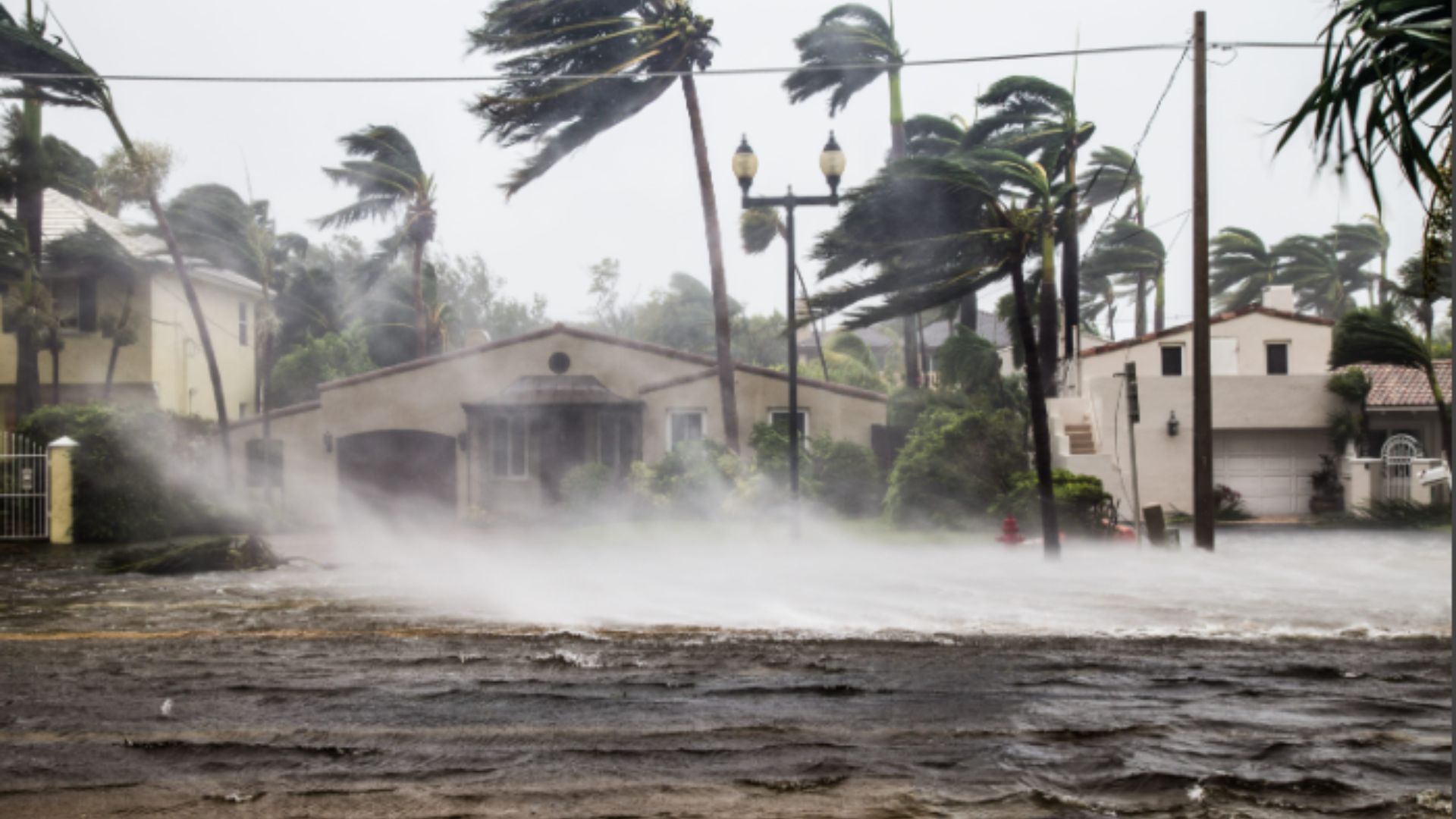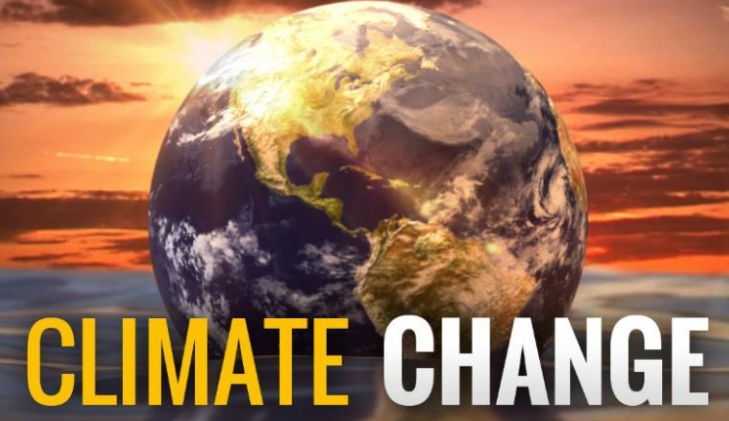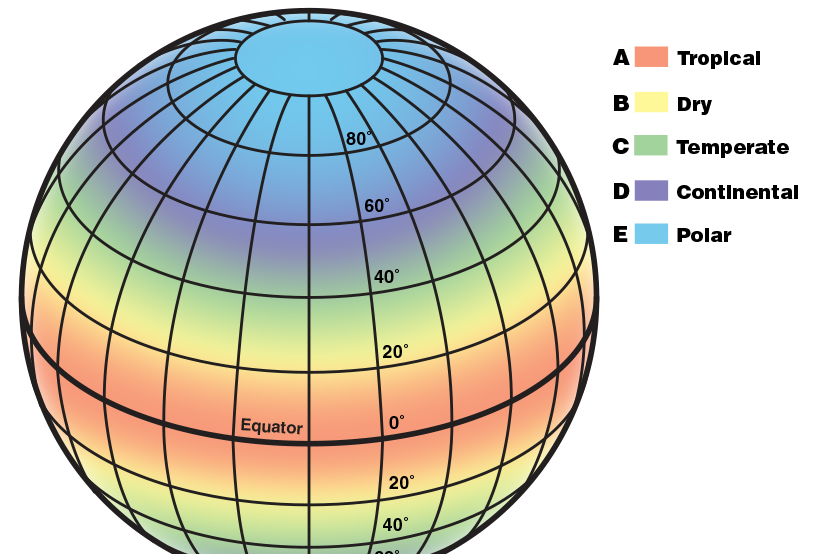The urgency of climate action is more pressing than ever. Exceeding 1.5°C of global warming is no longer a distant threat; it’s a looming deadline with potentially catastrophic consequences. Let’s look into the current state of climate change, explores the challenges of staying below 1.5°C, and examines potential solutions that can still ensure a livable planet for future generations.

The Science Behind the 1.5°C Target
The Intergovernmental Panel on Climate Change (IPCC) has established 1.5°C as a critical threshold for global warming. Exceeding 1.5°C would significantly increase the risk of extreme weather events, rising sea levels, and ecological disruptions. These impacts would threaten food security, displace millions, and exacerbate existing global challenges.
The Reality Check: Are We on Track?
Unfortunately, current trends indicate we are on track to exceed 1.5°C of warming within the next decade. Greenhouse gas emissions continue to rise, and global efforts to reduce them haven’t been sufficient. A recent EU report highlights the increased likelihood of surpassing this threshold, emphasizing the need for immediate and drastic action.
The Challenges of Staying Below 1.5°C
Transitioning to a low-carbon economy is a complex undertaking. Vested interests in fossil fuels, the high cost of clean technologies, and the lack of global political will all present significant challenges. However, the consequences of inaction are far more dire.
A Glimpse of Hope: Solutions Still Exist
Despite the challenges, there’s still hope. Rapid advancements in renewable energy technologies, coupled with a growing public demand for climate action, offer a pathway forward. Here are some key solutions:
Accelerating the Transition to Renewables
Investing in solar, wind, and other renewable energy sources is crucial. Governments and businesses must create policies and incentives that accelerate the adoption of these technologies.
Enhancing Energy Efficiency
Reducing overall energy consumption is essential. This involves promoting energy-efficient appliances, buildings, and industrial processes.
Protecting Forests
Forests play a vital role in carbon sequestration. Sustainable forest management and halting deforestation are critical steps in mitigating climate change.
Investing in Carbon Capture Technologies
Technologies that capture and store carbon emissions can help offset our current footprint and buy time for the transition to clean energy.
Global Cooperation
Climate change is a global challenge that requires a global solution. International cooperation on emissions reduction targets and technology transfer is critical for success.
Individual Action Matters
While large-scale solutions are essential, individual action also plays a crucial role. Reducing our carbon footprint through sustainable choices, advocating for climate action, and supporting environmentally responsible businesses can collectively make a significant difference.
The Power of Public Pressure
Public pressure is a powerful tool for driving change. Citizens can hold elected officials accountable for climate action and support movements pushing for stricter environmental regulations and investments in clean technologies. Raising awareness and demanding change are vital steps in tackling this global challenge.
Embracing Innovation and Adaptation
Technological innovation will be key to developing solutions for mitigating and adapting to climate change. Investing in research and development of clean technologies, carbon capture methods, and climate-resilient infrastructure is crucial for a sustainable future.
Time is Running Out: A Call to Action
The 1.5°C deadline is a stark reminder of the urgency of climate action. While the challenges are significant, the potential solutions are within reach. Collective action from individuals, businesses, and governments is crucial to ensure a livable planet for generations to come. Let’s work together to turn the tide on climate change and build a sustainable future.
Conclusion
Exceeding 1.5°C of warming is not an inevitable fate. By prioritizing clean energy, embracing innovative solutions, and demanding action from our leaders, we can still create a more sustainable future. The time to act is now. Let’s rise to the challenge and ensure a livable planet for all.

